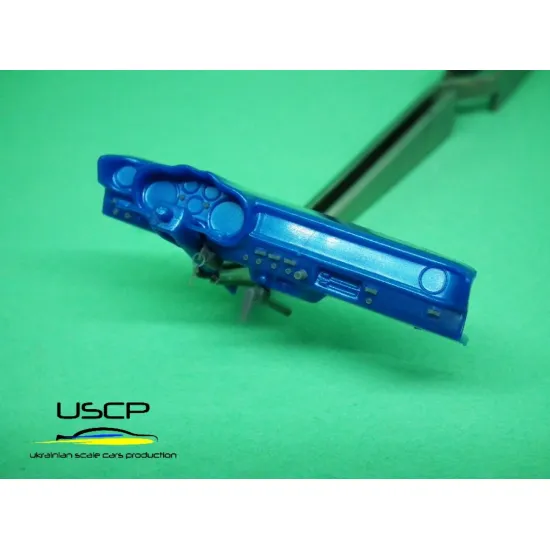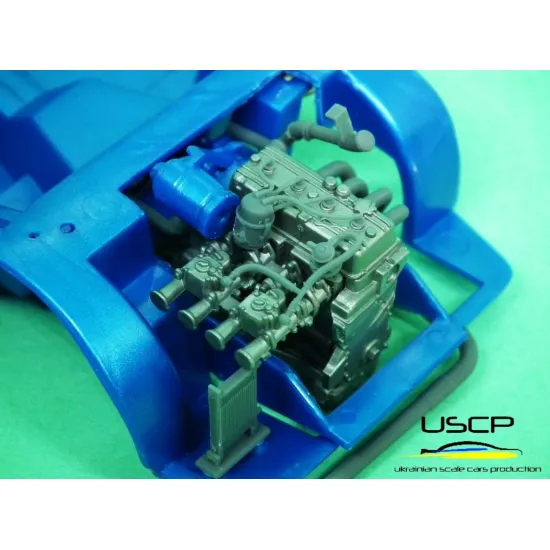How to Choose the Best Plastic Model Kits for Your Collection
How to Choose the Best Plastic Model Kits for Your Collection
Blog Article
The Evolution of Plastic Model Kits: From Simple to Complex
Plastic model kits have undergone an important change since their inception, evolving from standard and general designs to very step by step and complicated representations of real-world subjects. That advancement reflects improvements in resources, manufacturing methods, and the growing class of modelers' expectations. In this informative article, we investigate the progress of model kits, from their modest beginnings to the complicated packages accessible today.

Early Origins: Easy Models and Standard Packages
The annals of plastic model kits days back once again to early 20th century, with the first commercially accessible products emerging in the 1930s. Originally, these designs were easy and aimed mainly at children. Early products, made from fundamental plastic products, were designed to be snapped together, giving a straightforward introduction to modeling for small hobbyists. These designs typically included small depth and were frequently cast in 1 or 2 shades, with few options for customization.
Development in Popularity: The 1950s and 1960s
As plastic turned more generally available, the 1950s and 1960s saw a significant shift in the complexity and selection of model kits.During this period, manufacturers started presenting more detailed systems, targeting person fans along with children. Aircraft, vehicles, and vessels were frequent subjects, and kits started to include numerous areas for included realism. Nevertheless, designs however depended on standard construction practices, with few choices for painting and finishing.
Advancements in Engineering: The 1970s and 1980s
The 1970s and 1980s marked a turning place on earth of plastic modeling. Developments in mold-making technology permitted for more detailed components and finer features. This time also saw the introduction of replacement components, such as for instance photo-etched parts, to boost the realism of models. Modelers started experimenting with various painting techniques, weathering outcomes, and explaining, resulting in more personalized and lifelike creations. This era also found the rise of extremely specific kits, such as for example military tanks and dioramas, which appealed to fanatics with specific interests.

The Contemporary Age: Very Detail by detail and Complicated Systems
Nowadays, plastic model kits have reached new levels of sophistication. Makers today generate designs which can be incredibly detailed, with hundreds of personal pieces made to reproduce real-world items with amazing accuracy. Digital modeling and 3D making have changed the style process, enabling higher detail and elaborate explaining which was after unimaginable. Modern products feature advanced parts such as movable parts, very detail by detail decorations, and practical floor textures. Furthermore, many packages include detailed training books and decals, allowing modelers to produce very precise replicas.
From easy snap-together packages to very step-by-step designs, the progress of plastic model kits reflects the rising expertise and creativity of modelers, as well as the continuing advancement in manufacturing and design. Whether you're a beginner or a skilled enthusiast, there's never been an improved time for you to examine the entire world of plastic modeling. Report this page